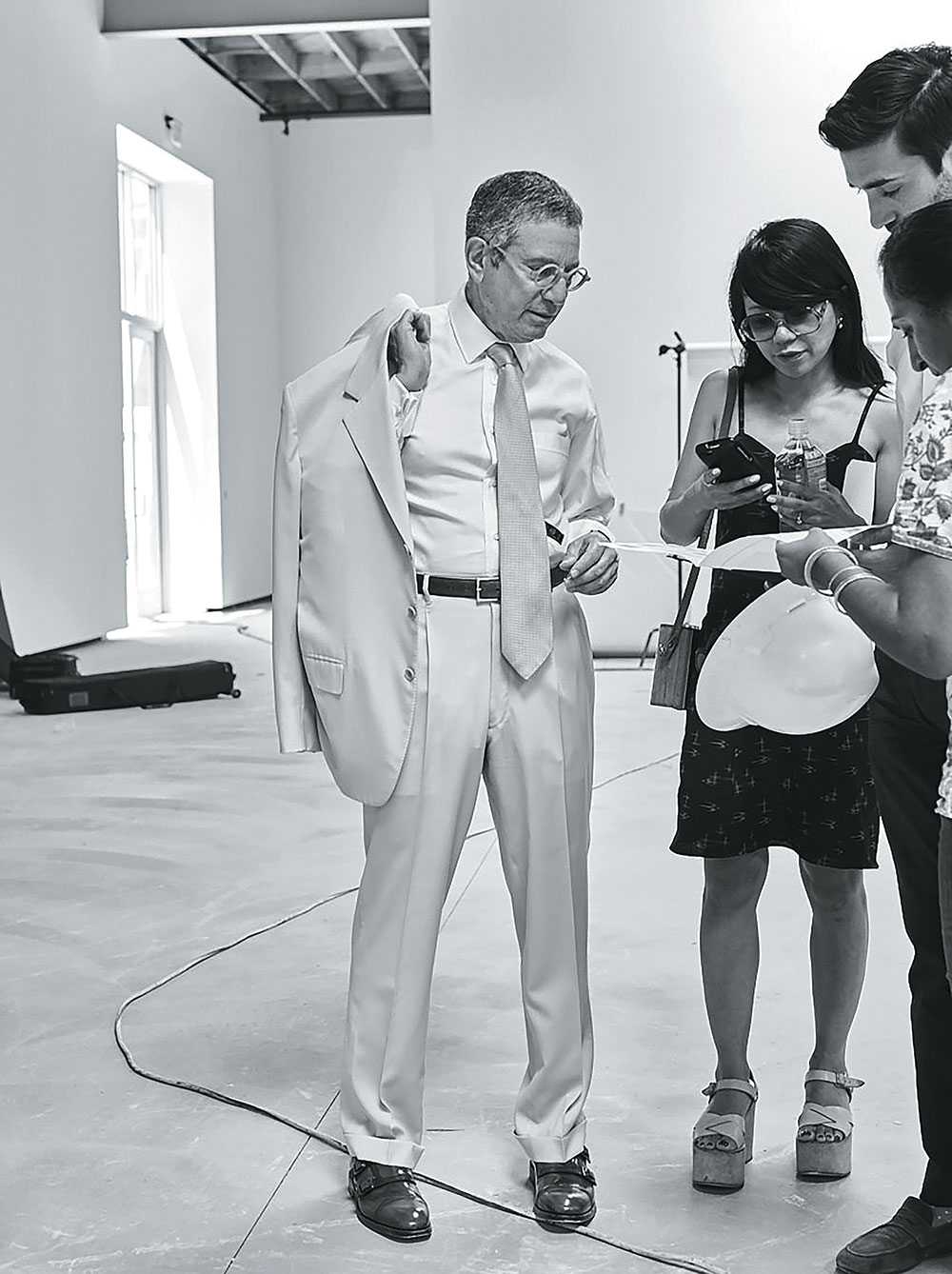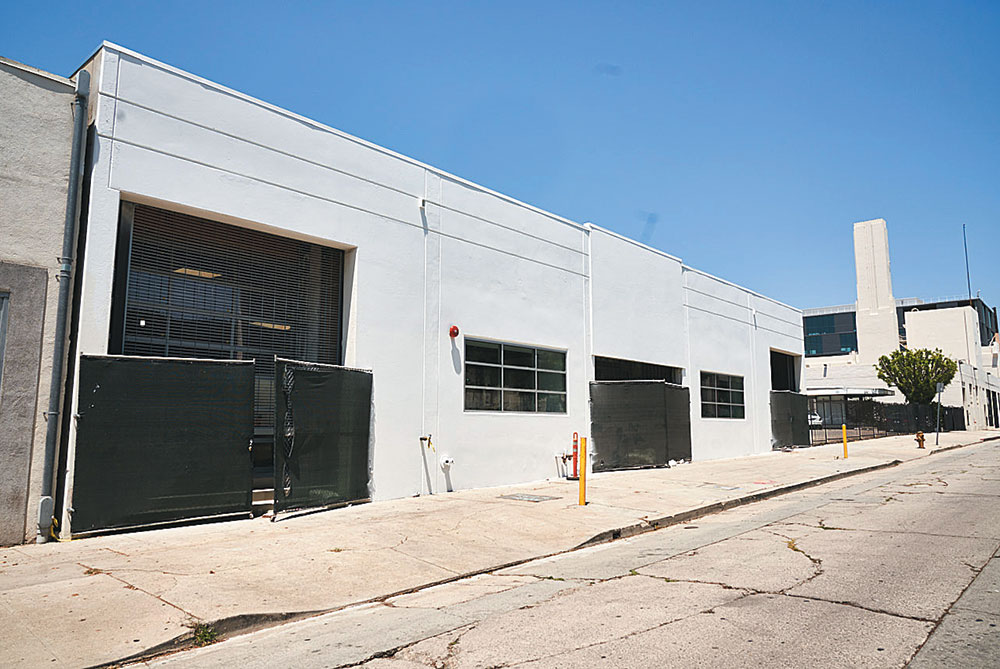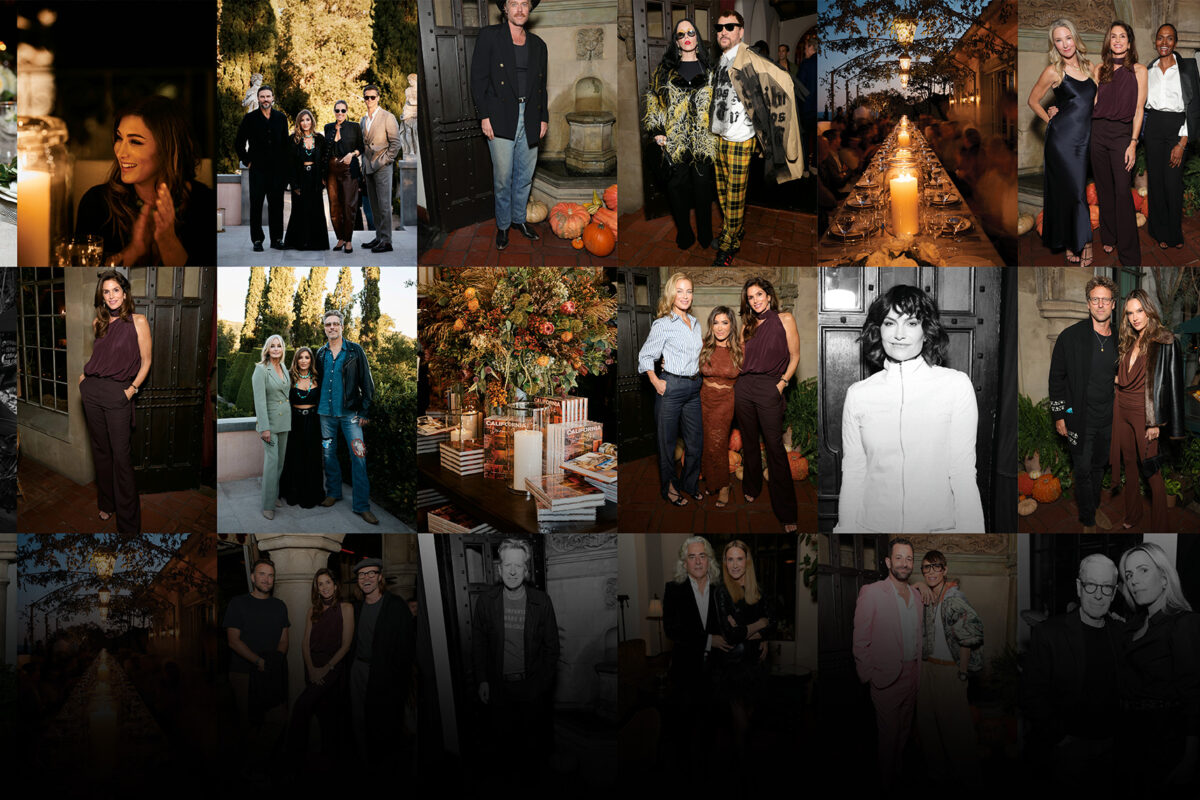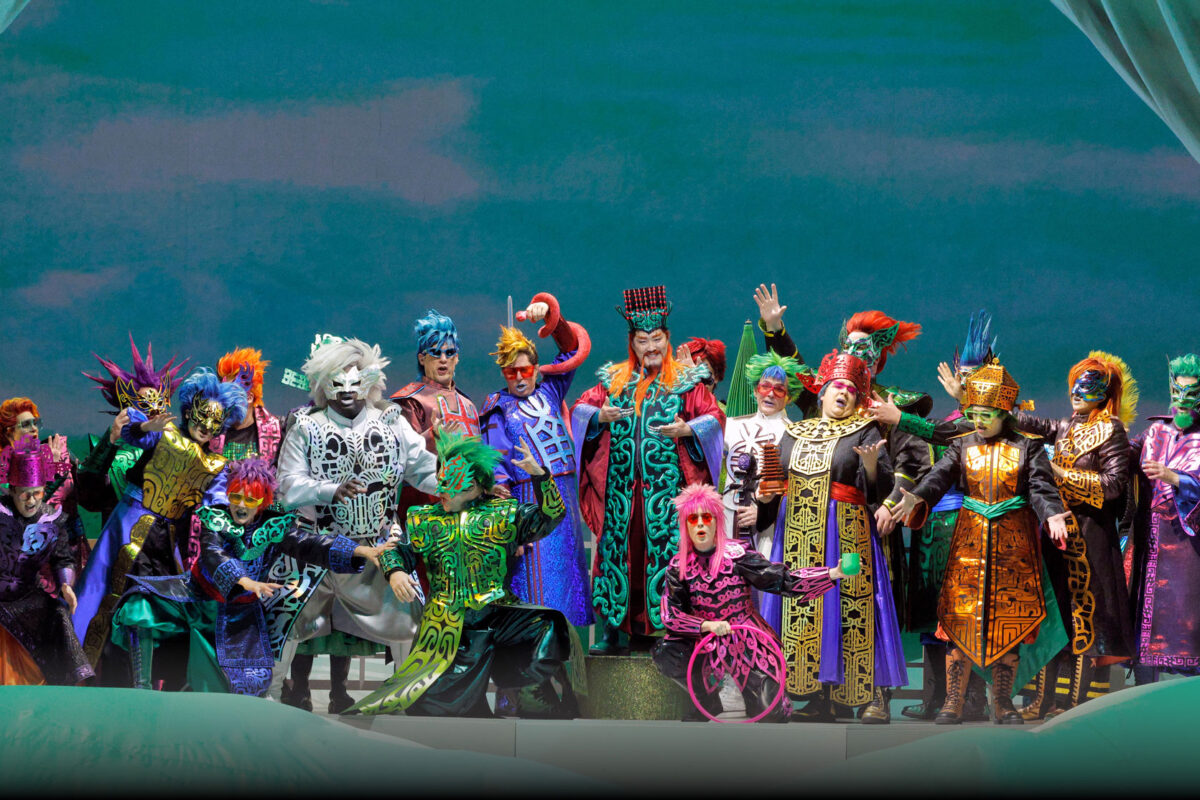Art world maverick Jeffrey Deitch is putting a new stake in the ground in Los Angeles, this time with a provocative gallery all his own
Words by ELIZABETH KHURI CHANDLER
Photography by RAINER HOSCH

Ask Jeffrey Deitch why he’s returned to Los Angeles and he’ll say with a little twinkle, “I never left.” It’s true. He may have departed the helm of the Museum of Contemporary Art in 2013, but the art dealer has deep roots in the city with clients such as Eli Broad and friendships with artists including Paul McCarthy, Kenny Scharf and Charles Ray.
Deitch has always made waves with his envelope-pushing shows, often bringing in street artists or fringe players alongside big-ticket names, but almost always offering mass appeal. His show, “Art in the Streets,” a major historical exhibition of graffiti and street art, brought more than 200,000 visitors to the museum, shattering previous attendance records for any show at MOCA.
Today, he is in a cheerful, spry mood as he surveys his newest endeavor, a gigantic 15,000-square-foot eponymous space in Hollywood designed by Frank Gehry—all glass, cement floors and curvilinear wooden beams. “One of the strongest clusters of galleries and creative spaces in Los Angeles is already here,” he says, noting the Marciano Art Foundation and David Kordansky Gallery are just a short drive away. He’s also back on his own terms, as a gallerist, doing what he does best: composing shows and representing artists. For the opening on Sept. 29, Deitch aimed high. He arranged to bring work never seen in the U.S., created by global megastar, social campaigner and protest artist Ai Weiwei (see p.39), whom he has known for 15 years. “[Ai] is one of the rare artists who takes on a moral voice,” says Deitch. “I admire artists, writers and musicians who do that, who go beyond and use their components to take a moral position.” Plus, Ai is known for dominating large spaces. His exhibition in Alcatraz in 2015 covered nearly the entire prison with Lego sculptures, kites, a sound installation and a giant sculpture.
Deitch calls his gallery a “social creative platform.” For him, that means a de-emphasis on commerce, and an approach that, hopefully, will inspire audiences. “Only in L.A. do you have a passionate group of art viewers who venture from a variety of creative fields,” Deitch says.
Ai’s opening show will see 6,000 antique Chinese three-legged stools arranged throughout the space, a piece that was at the Martin Gropius Bau in Berlin in 2014. It’s a visual statement that evokes the power—past and future—of the Chinese people. “The stools are almost surrogates for people,” Deitch marvels. “Often these stools from the Ming and Qing dynasties were part of a family’s household and passed down through generations,” he explains. “If a leg broke off, they’d simply make another.”
The second show, tied to the first Frieze Los Angeles contemporary art fair in February, will be “The Extreme Present,” inspired by the book The Age of Earthquakes by Douglas Coupland, Hans Ulrich Obrist and Shumon Basar. It looks at the legacy of Dada and pop art in the digital age. He’s also working on a show and book called Unrealism. “People are always asking me what the latest ism is,” Deitch says. “This show is trying to articulate what’s going on with the new figurative, because you just don’t have these isms of the ’60s.”
And Deitch knows all of the ism trends of the art world from the inside out. He’s been doing this for almost 50 years. “I’ve put on more than 350 shows,” he notes.
Raised in Connecticut by an executive father and economist mother, he cut his teeth at the John Weber gallery in New York and befriended artists such as Sol Lewitt. He partied at Mudd Club and hobnobbed with New York characters such as Jean-Michel Basquiat, being the first to write about him not as SAMO (Basquiat and his friend Al Diaz’s graffiti tag from their teenage years), and giving the eulogy at his funeral. He’s an art writer with a serious business background: Harvard Business School followed by years in the art department at Citibank.
With so many connections and years in this line of work, Deitch leads the international life of a major player in the art world. His new space will certainly mean that he’ll spend even more time at his Spanish-style Los Feliz home, once owned by Cary Grant and Randolph Scott. But being everywhere at once is part and parcel of his business, especially if you do it his way. “For me, it’s all about personal relationships,” Deitch says, adding that he prefers to be involved as much as possible in every aspect of his work. Deitch has always been a bit of a provocateur—which appeals to the creators with whom he cultivates relationships. For example, after the “Art in the Streets” show, he threw a party for the security guards and the artists. “Contemporary art is a very elitist field,” he explains. “But I keep wanting to go beyond that and open it up to everybody.” 925 N. Orange Dr., L.A.
This story originally appeared in the October 2018 issue of C Magazine.
Discover more CULTURE news.







